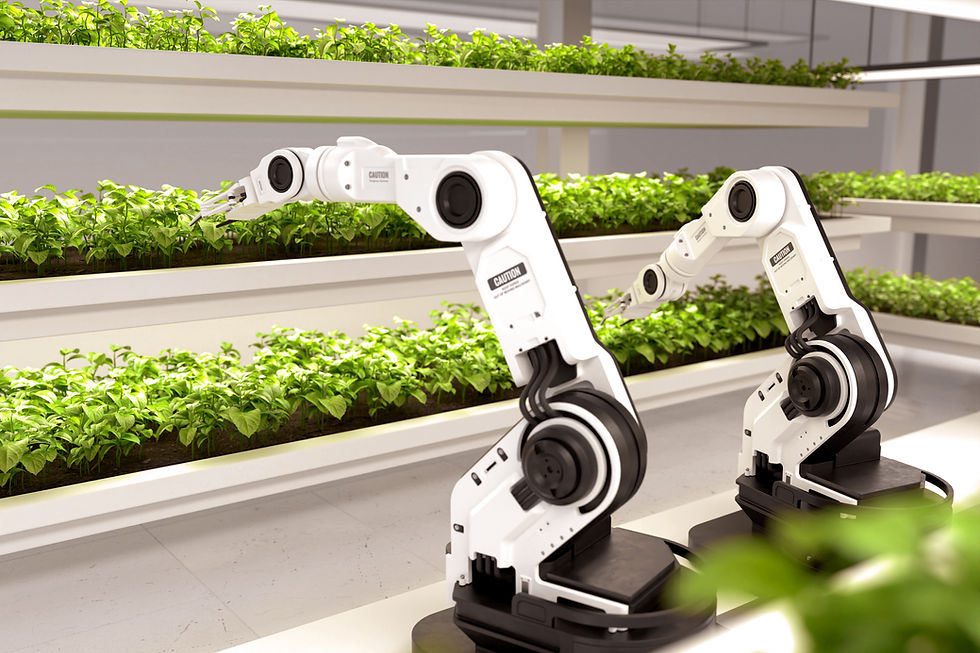Seeking Solutions Through the Development of Technology
- Areeba Kamran

- Jun 23, 2022
- 2 min read
Environmental problems are products of complex interactions between people and the environment, and our understanding of them is usually incomplete and clouded by profound uncertainties. While the relationship between the domains of science and technology has never been stronger, science and technology have different purposes, distinctive needs and divergent ways of viewing and knowing the world, and thus their relationship is often tense and complex
Jacob Bigelow (1829) is often credited with coining the term technology in Elements of Technology, where it was defined as:
“The principles, processes, and nomenclatures of the more
conspicuous arts, particularly those which involve
applications of science.”
No human technology can fully replace ‘nature’s technology’ perfected over hundreds of millions of years in delivering key services to sustain life on Earth. A productive, diverse natural world, and a stable climate have been the foundation of the success of our civilization, and will continue to be so in future.
Addressing environmental challenges requires looking at all relevant research, understanding socio-ecological context, integrating diverse evidence, and engaging with the public to solve problems or make policy. Engaging with dialog can reach more useful and appropriate outcomes. Environmental technology has a distinct role, applying science, policy, engineering and social change to address environmental challenges and deliver sustainability. Environmental issues require a new generation of technologists who have the ability to mediate, understand social context and constraints, and orchestrate participatory activities that engage and empower people.
In line with the definitions, environmental science; as the process of understanding how humans interact with the natural environment, and environmental technology; as the process of applying this understanding to address environmental challenges, can be distinguished as interdependent and complementary.

Technology can transform how we identify, measure, track and value the many services and resources nature provides us with using various methods such as thermal imaging to combat poaching, artificial intelligence to track wildlife, blockchain technology to revolutionise the commodity markets, Drones and crowdsourcing to help monitor forest health and detect illegal logging and many others.
WWF in Australia, Fiji and New Zealand joined forces to stamp out illegal fishing and slave labour in the tuna fishing industry using blockchain technology. “From bait to plate”, the advances in blockchain technology can help consumers track the entire journey of their tuna – and potentially other agricultural commodities and fish – revolutionizing systems of certification and traceability. We can also use satellite data and cost-effective GPS tracking devices to ‘see’ and understand global fishing and global vessel traffic.
WRI (World Research Institute) has developed Global Forest Watch (GFW), an online forest monitoring and alert system that uses crowdsourcing, to allow anyone to create custom maps, analyse forest trends, subscribe to alerts, or download data for their local area or the entire world.



